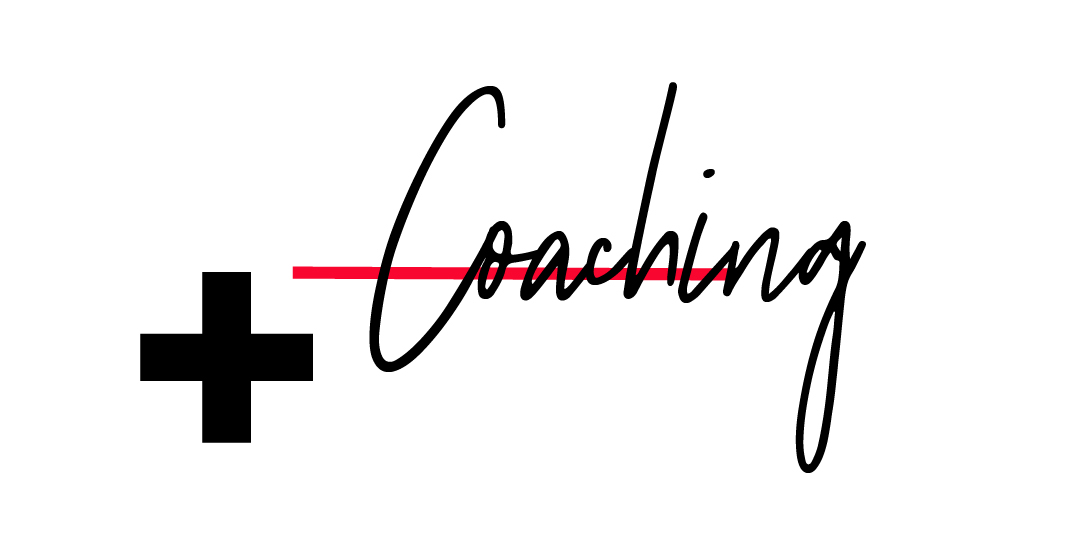We’ve all heard that every action has a reaction. Sometimes our best creative projects are birthed by innovation that’s a response to an external force…creativity birthed by reactionary forces. This isn’t always the case, but can be a catalyst for change in thought and process.
In his book, Innovation Management, Langdon Morris exposes six forces that are becoming shaping factors for how organizations will innovate in the future. As creative departments, it’s important that we identify what could become realities in our world and forces that will be at play as we attempt to tell the story of our organizations.
- Commoditization – This is the force that drives prices down. Obviously as budgets and resources change, we are required to adjust. Resource can become a crutch for creativity. Sometimes the actual lack of resource forces us to dig deeper and work harder to be our creative best.
- Digital Revolution – Creativity has to find a way to work in a digital field. Print is going away. Advertising is changing. How we communicate and the vehicles we use to share those stories are going to continue to adjust. Fall in love with the mission, not the method. What worked yesterday won’t work tomorrow, and that’s okay – there will be something new that works tomorrow. Keep searching and stretching. Leverage technology and new mediums to help us accomplish our mission by any method that is effective. Know your audience and what technology they are using. Then, use it.
- Social Media – The landscape changes rapidly. One day everyone is excited about the next great network only to find a month later it’s gone. Explore with liberty, but invest with caution. We’re not going to move people off of something they love to something they don’t know just to accommodate us. Go to where your audience lives. If it’s Facebook, create the best and most creative Facebook in the world. The cost often can be low to engage, but you have to have a plan. Creative story telling has unlimited options in this medium so embrace it and find the best ways to tell your best stories. Social media is about creating conversations, not broadcasting. It’s creating conversations in people’s lives not having them come to yours. Don’t just hang a shingle and leave it abandoned – set up shop and start to build a community.
- Globalization – With the shrinking of our world via social media and other sources, everyone can now be part of our congregation. How are we going to use this power to creatively share our story around this very small world?
- Turbulence – While this usually scares most people, turbulence is actually opportunity masked as problems. When things get turbulent, we have the opportunity to share hope, change, and the nature of Christ. Turbulence shakes things up for us and when it does we need to be ready to respond.
- Acceleration – Ironically, the five previous forces apply pressure to this force. Our worlds are faster; our days feel shorter. However, our to-do lists are getting longer. Being a creative leader is about finding ways to creatively deal with opportunities – even when they look like tasks; finding ways to employ creativity in delegation, outsourcing, volunteer developments, and team management. Focus on the things that matter, move momentum, and allow the other stuff to find its way. Today is probably the slowest day of the rest of our lives…it’s only going to get faster.
How we address these forces will help us get better as artists and creative professionals. How are you adjusting? What other forces are you facing that could shape how you focus on innovation?




